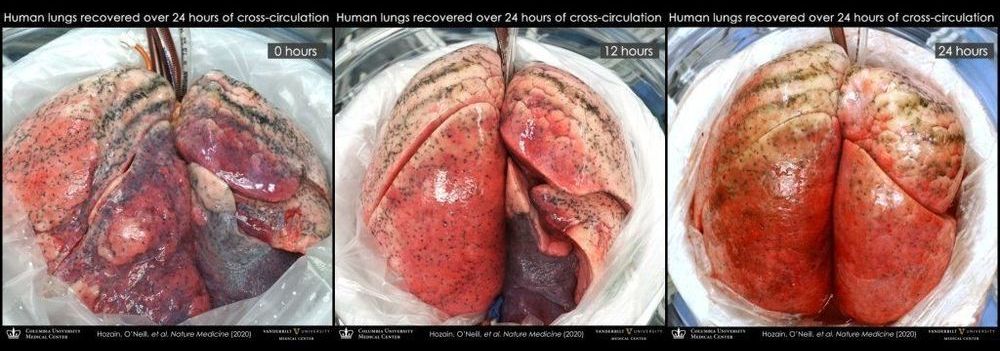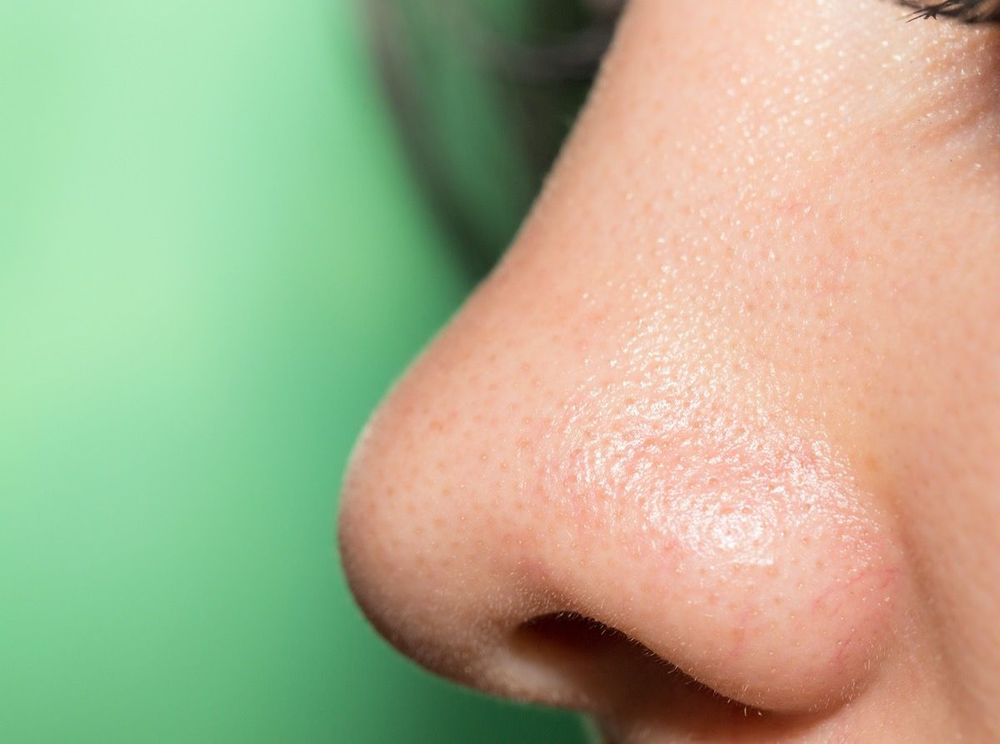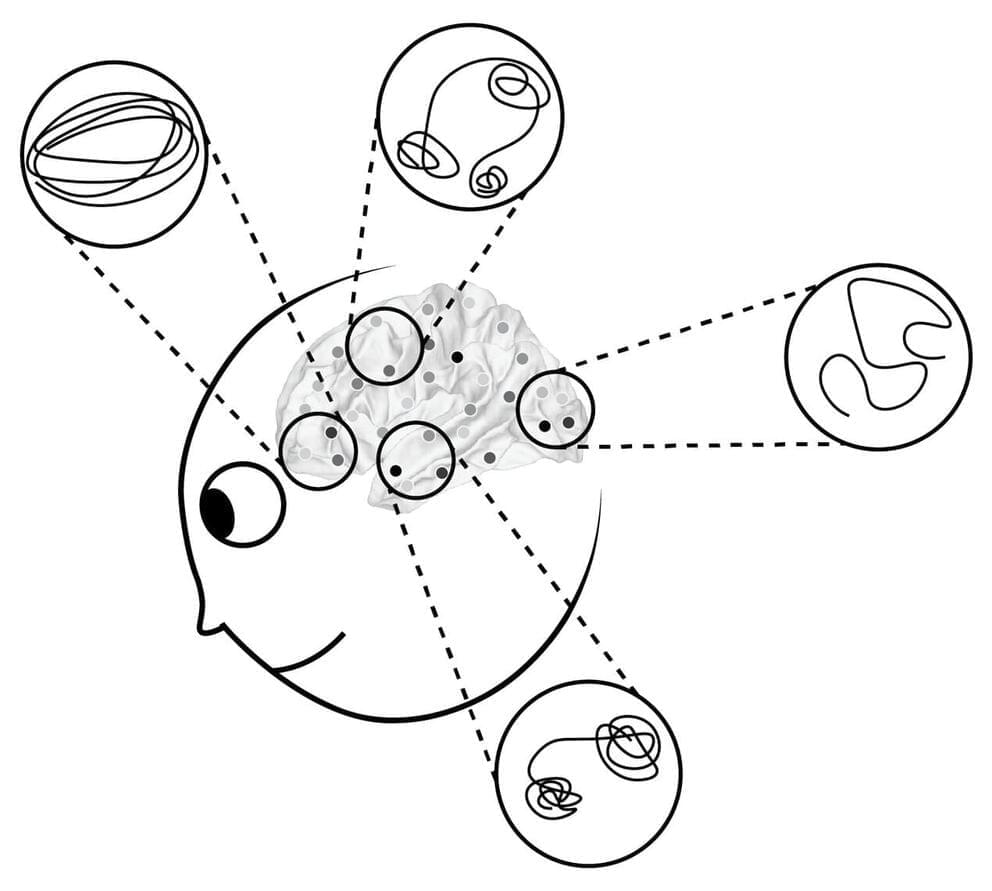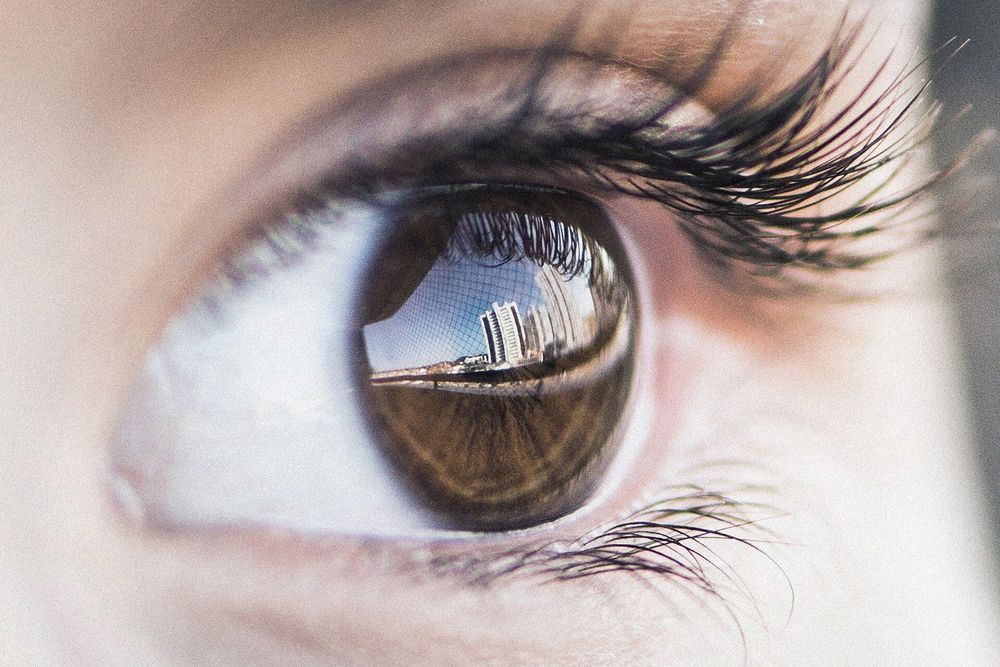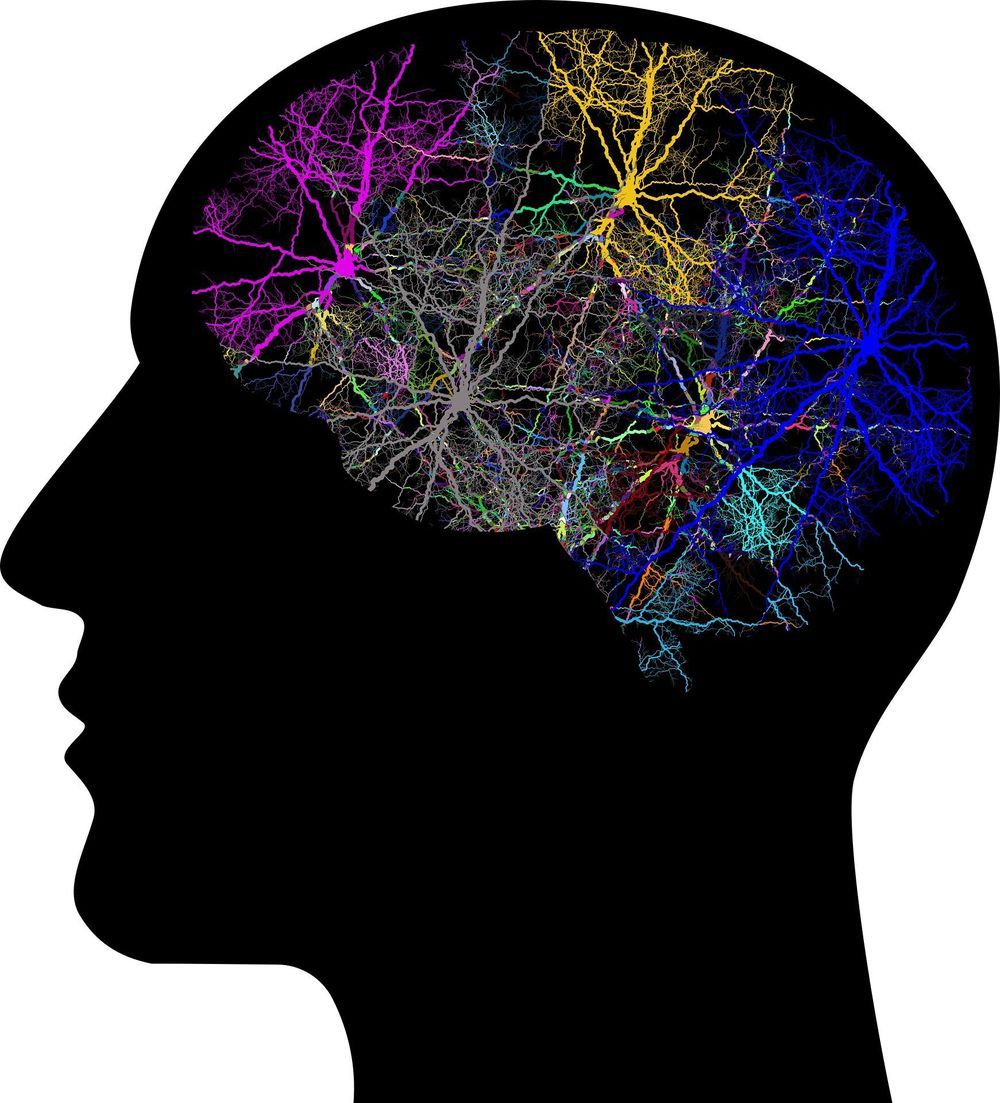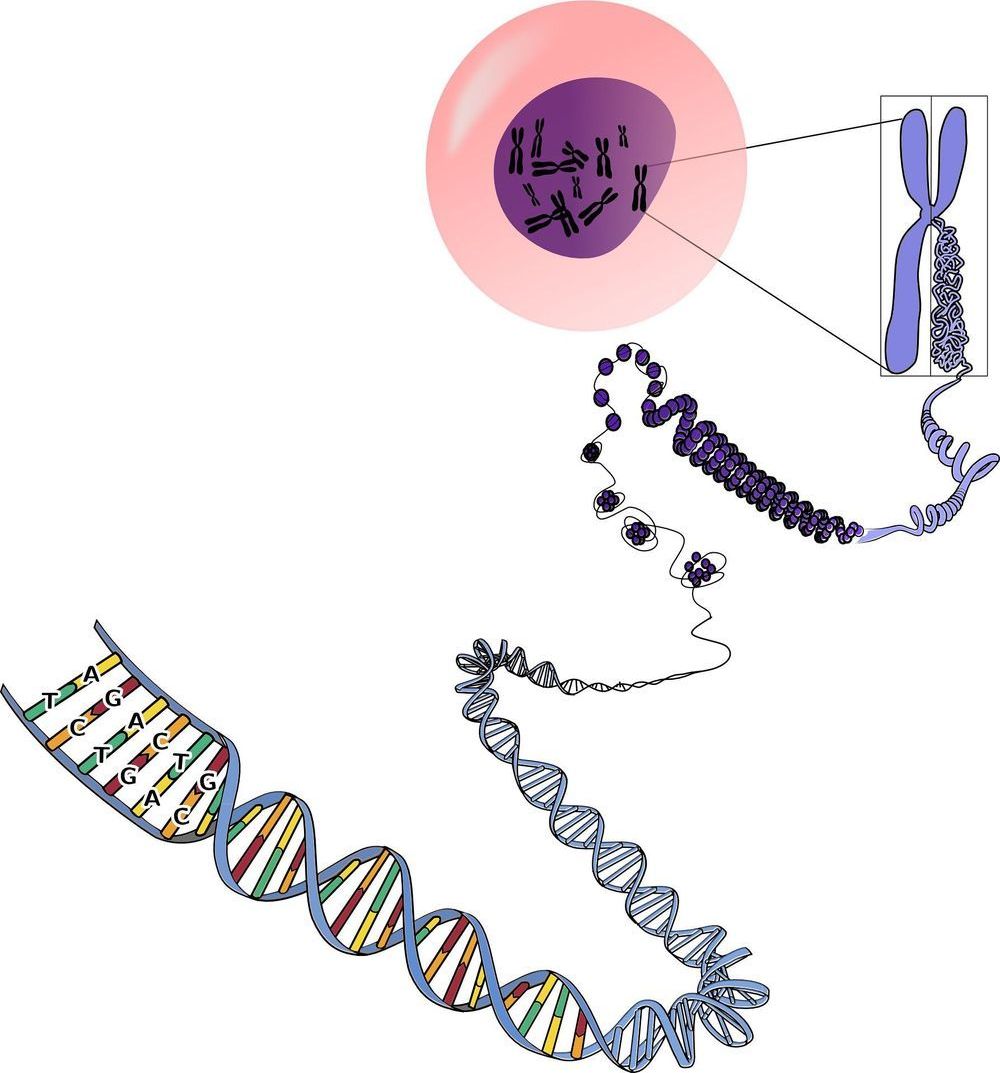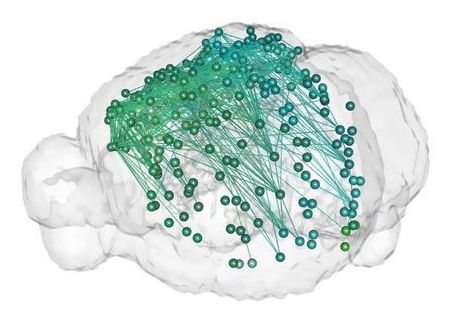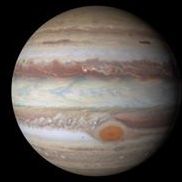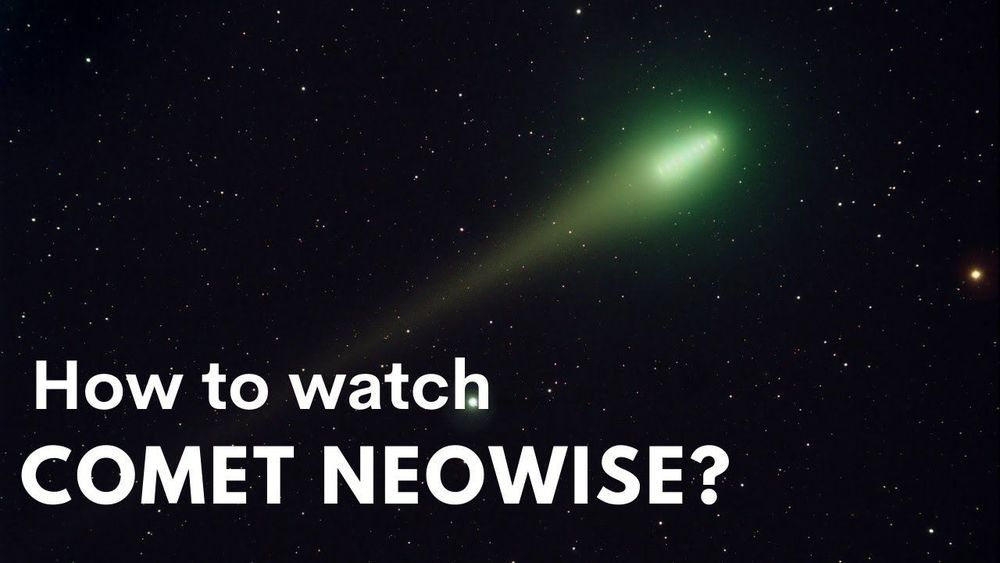Jul 16, 2020
Damaged Human Lungs Can Be Repaired by Attaching Them to Pigs, Experiment Shows
Posted by Omuterema Akhahenda in category: biotech/medical
https://www.sciencealert.com/a-damaged-human-lung-has-been-r…t-to-a-pig
The sad reality of terminal lung illnesses is that there are simply far more patients than there are donor lungs available. This isn’t just because of the low number of donors, which would be problem enough, but many donor lungs are significantly damaged, rendering them unusable.
By using a new experimental technique, though, such a damaged lung has now been restored to function — by sharing its circulatory system with that of a living pig. This leverages the body’s self-repair mechanisms to exceed the capabilities of current donor lung restoration techniques.
Continue reading “Damaged Human Lungs Can Be Repaired by Attaching Them to Pigs, Experiment Shows” »
